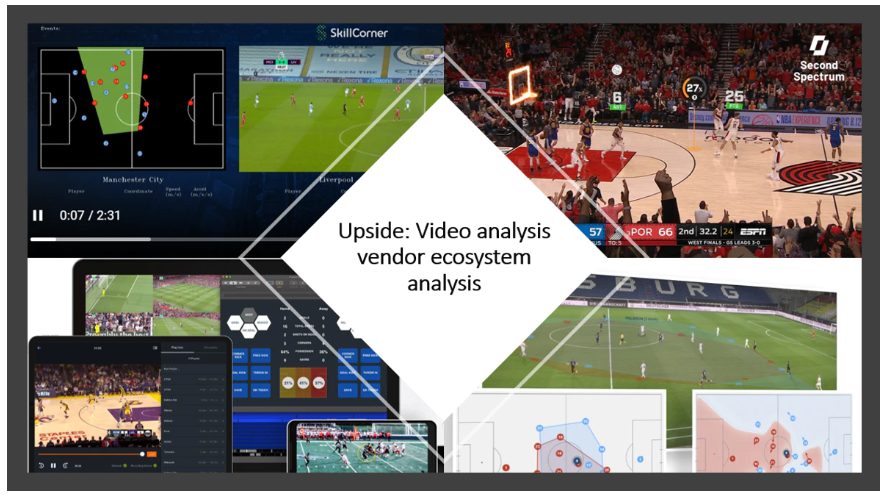With 32% of teams looking to invest in a video analysis tool, according to our 2020 Upside survey, video analysis systems (Second Spectrum, Hudl, Stats Perform, SkillCorner, Footovision..) have become one of the most common technologies used by pro teams today, along side of GPS, HR, AMS systems. Video analysis…
Share This Story, Choose Your Platform!
Total reviews
Persons recommended this product
Anonymous
Shopper
check_circle Verified
Shop owner replied
Anonymous
Shopper
check_circle Verified
Shop owner replied
Thanks for your review!
Your feedback helps us improve our service.
There are no reviews yet.
Be the first to review “ ”
Please log in to submit a review.
Don't have an account? Register here .
Only logged in customers who have purchased this product may leave a review



